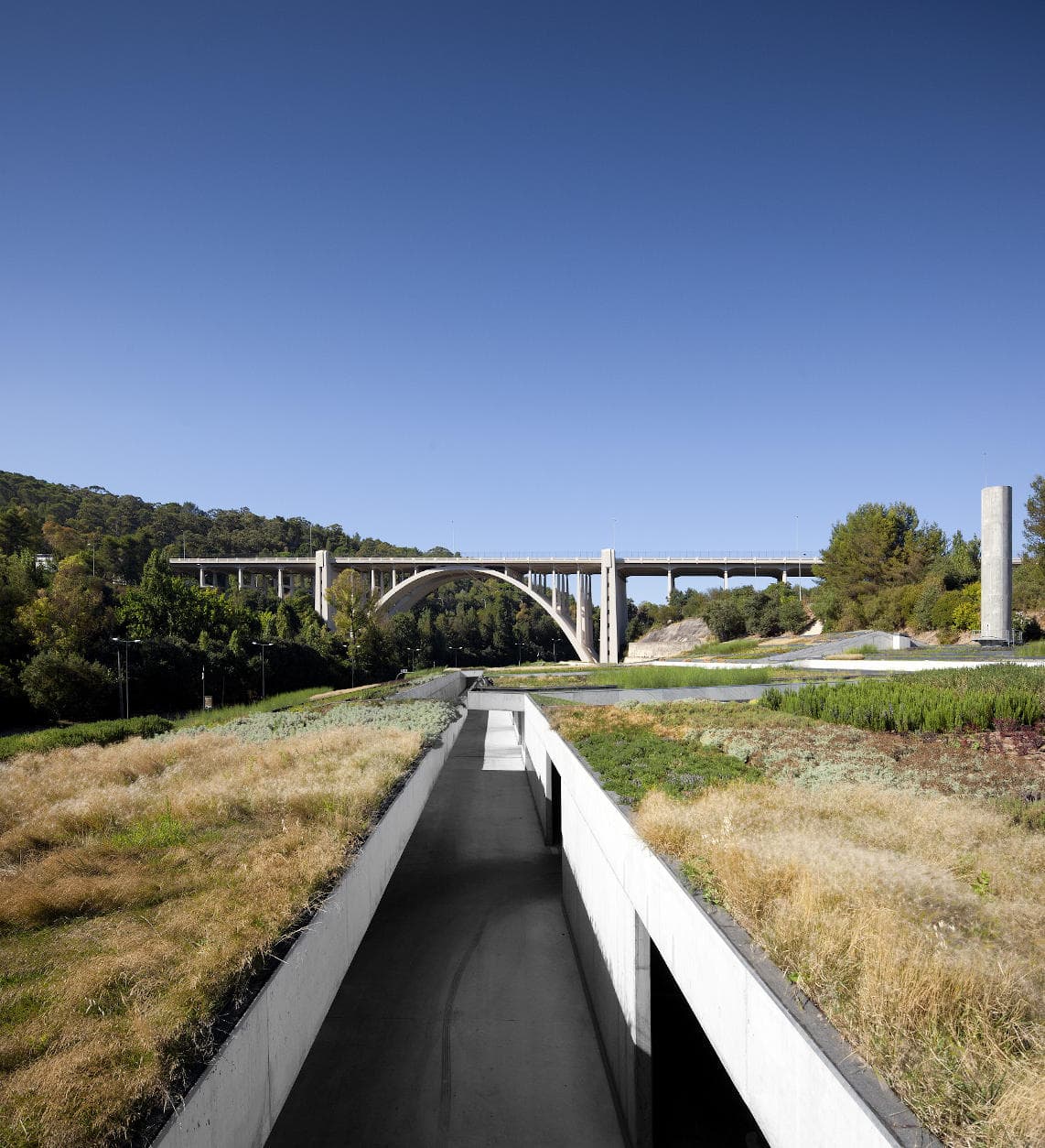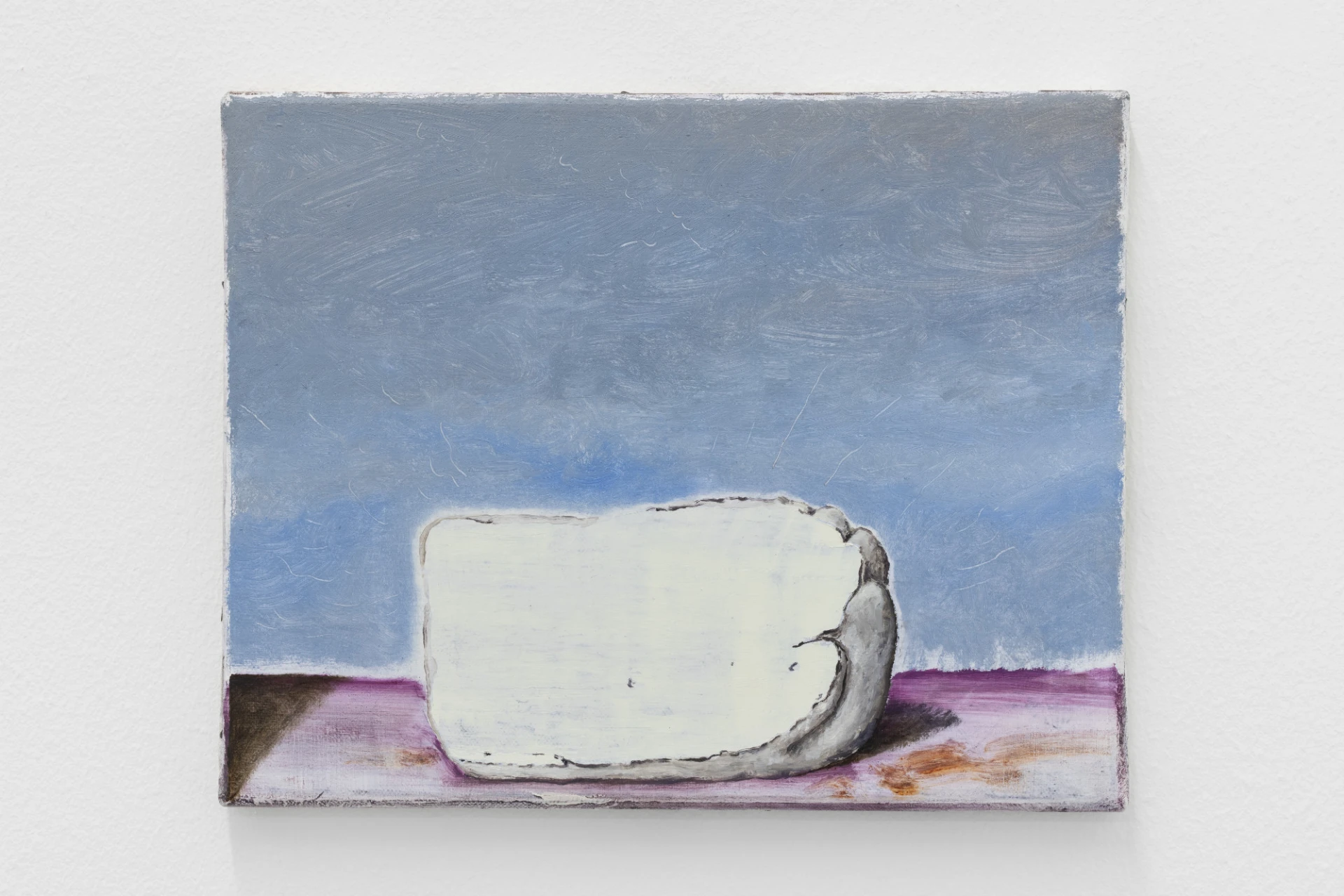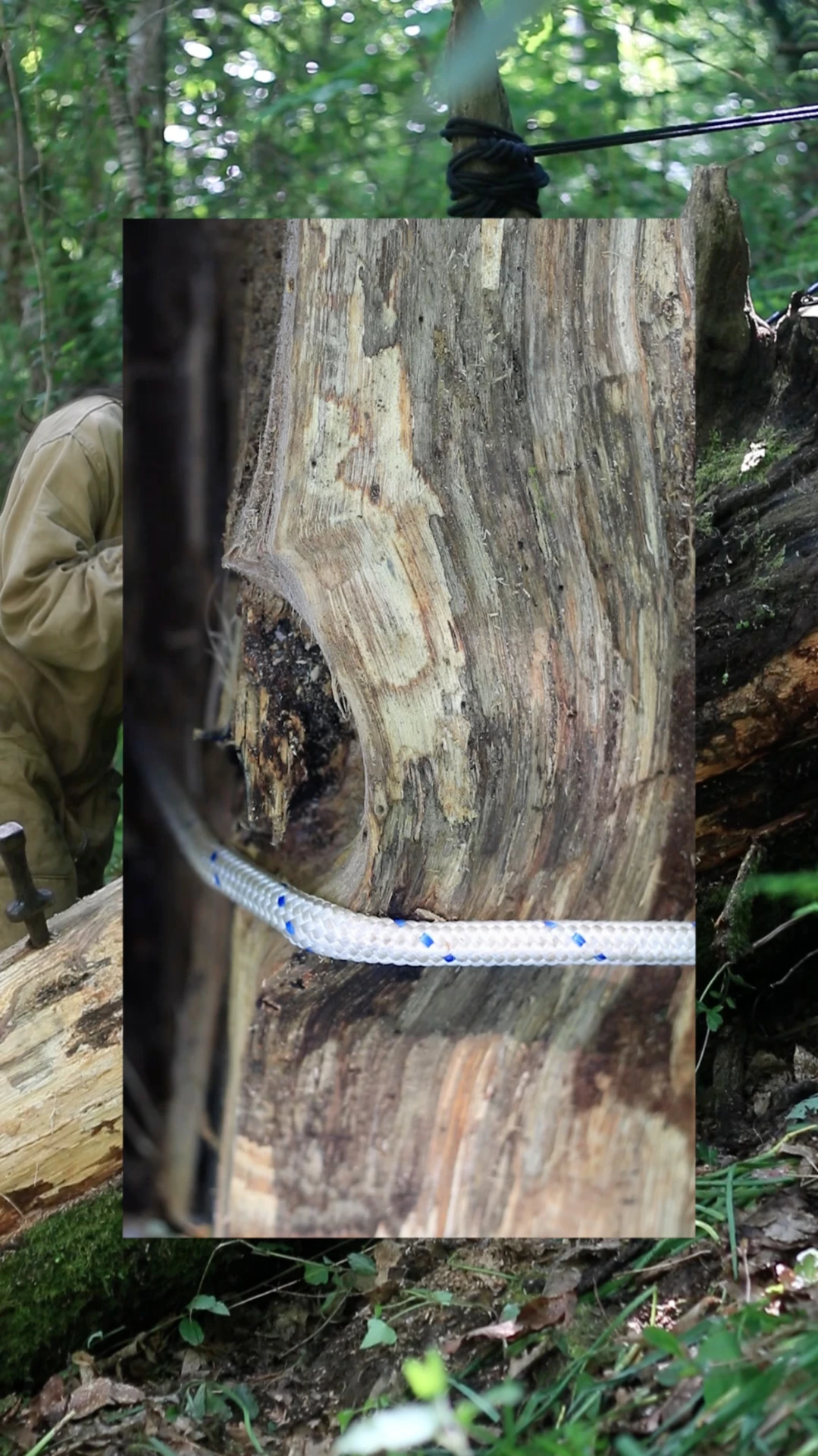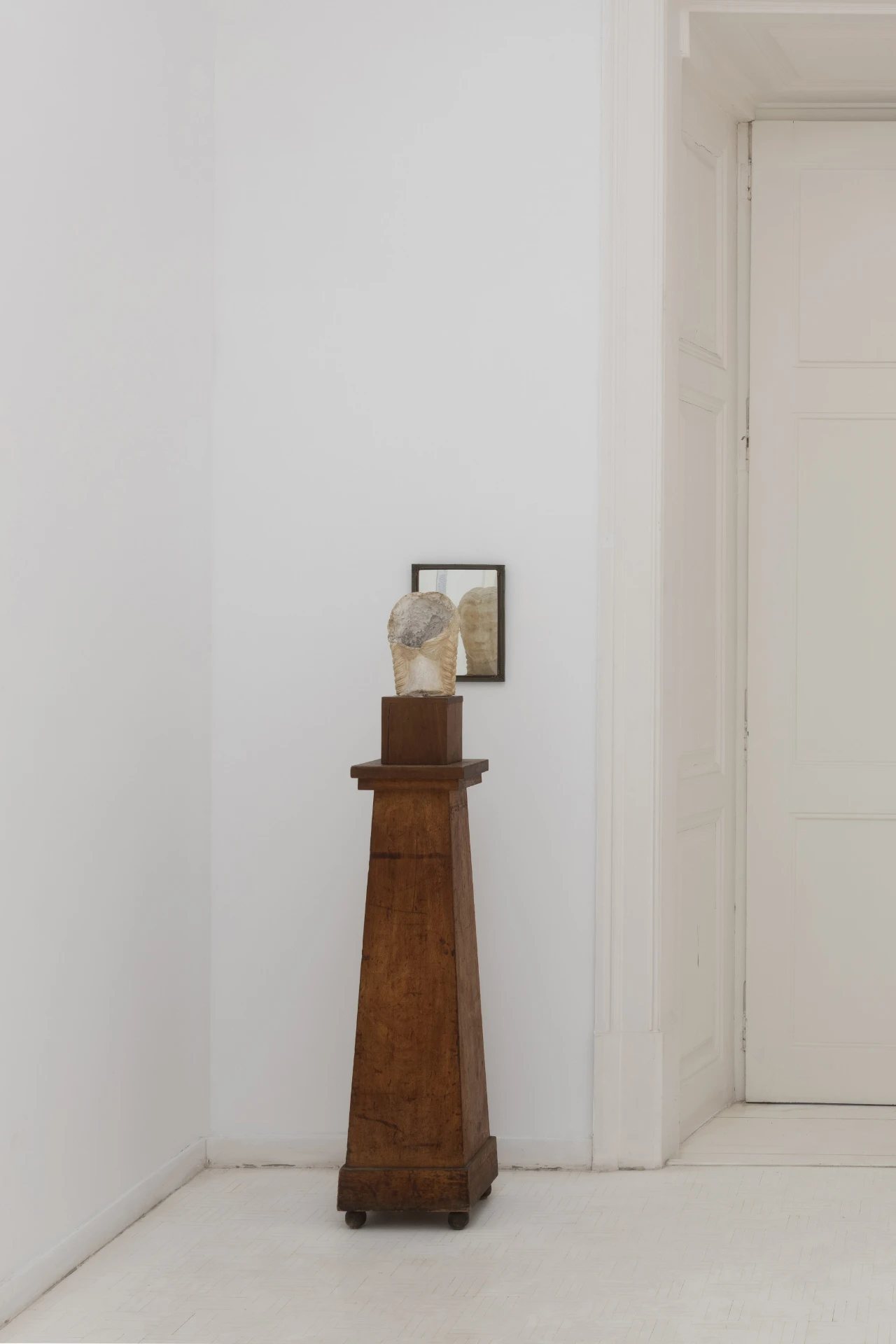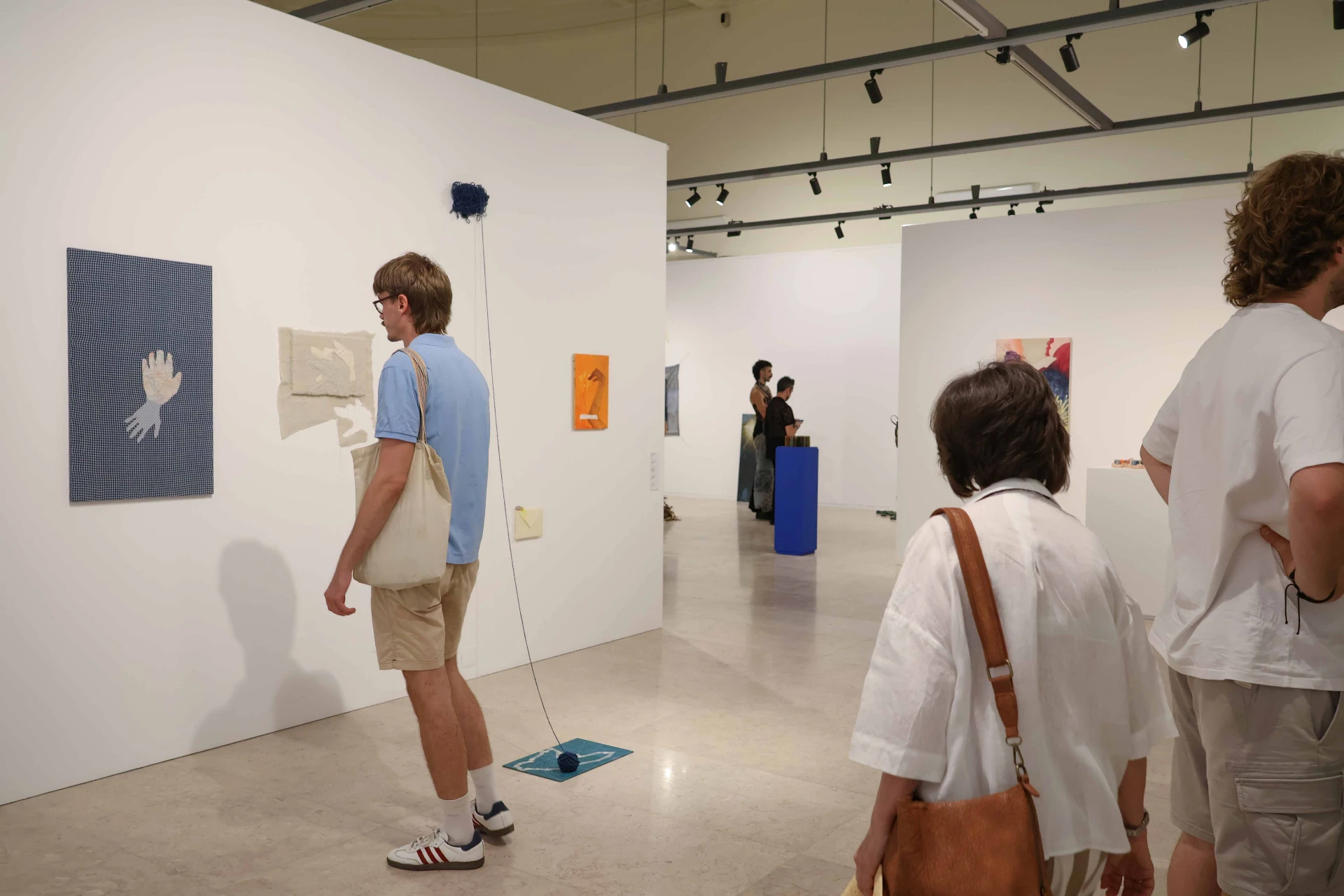Galeria das Salgadeiras celebrates 18 years. Its activity has been distinguished over many years by its dedication and effort in favour of contemporary art.
Directed by Ana Matos, since its foundation in 2003 until today, the gallery’s activity has been developed through the promotion and expansion of events that express “diverse artistic genres”, as well as the articulation with other creative fields, such as literature and poetry.
In the gallery’s founding manifesto, almost 20 years ago, Ana Matos supported a symbiosis between various arts, and hoped for innovative projects, capable of providing joy to the gallery, as well as a pinch of salt to people’s lives.
The gallery’s current programme is based on the ideas of Zygmunt Bauman and his Liquid Times: Living in an Age of Uncertainty.
Galeria das Salgadeiras, a venue whose name is attached to its street, also intends to extend and stretch its activity abroad, seeking to establish contacts and partnerships with cultural institutions, particularly fairs, in national and international territory, such as Miami or Spanish cities.
Besides a programme that pursuits the idea of an art that “should be considered as a public good”, Ana Matos has promoted some projects such as “Galerista por um dia”, which consists in inviting people from various backgrounds to create in the gallery an “exhibition discourse”, based on the Gallery’s collection or works by artists represented by it. Among the collaborations in the Galerista por um dia project, Salgadeiras rely on the participation of Barbara Coutinho, Gonçalo M. Tavares, Rodrigo Leão, José Pacheco, Paulo David, the latter distinguished in 2012 with the Alvar Aalto medal, among others.
The 18 years of Galeria das Salgadeiras are celebrated with the launch of the new website, a publication with works and artists’ biographies, a text by the Gallery’s founder and the exhibition Rising by Rui Soares Costa.
Carla Carbone – Since the 2003 manifesto, what has changed positively in the gallery?
Ana Matos – In 18 years, Contemporary Art has changed a lot. We have more galleries, with their own identity. Cultural habits are more rooted, which fortunately allows audiences to be more knowledgeable, demanding, and critical. When I opened the gallery, I remember that people often asked if the visit was free. This showed that going to an art gallery wasn’t part of their cultural habits and nowadays that doesn’t happen anymore. There is an immense maturing of the public and the awareness of the importance and relevance of Art in our lives.
Cultural agents, artists, audiences, press, public and private institutions and the State have a long way to go. But these last 20 years augur well for what we can do more and better.
This manifesto I wrote for the gallery’s opening contains a dream, a conception that reflects a position towards Art and Culture. The idea of “Art being a public good”. Guided by this North, we have been adjusting our programme and strategy, evaluating our surroundings from a social, political, formal or artistic perspective.
CC – Besides the exhibitions you organise, there is a strong need to publicise other events and galleries. What is the main motivation?
AM – It is all related to the work in the territory where I stand, corresponding to “my square meter” of responsibility towards the community. As a gallerist, I’m an active agent in the dissemination of our culture and art. This task can expand to other places and circumstances, going beyond the gallery’s physical (and virtual) space. Throughout these years, this motivation has taken us to different geographies, such as Spain, Romania, Czech Republic, Serbia or Greece, with curatorial and artistic proposals in private and public institutions, festivals or other galleries. And, at a certain moment, it also made me create an associative, non-profit project, whose objective is the promotion and dissemination of artistic and cultural activities, attracting and raising awareness of audiences and cultural and artistic production. Thus was born Isto não é um Cachimbo, a project co-founded by me and Cláudio Garrudo, with people from science, architecture, design, visual arts. For 10 years, we organized “Bairro das Artes”, the cultural rentrée of Sétima Colina de Lisboa, from Rato to Cais do Sodré, passing through Príncipe Real, Bairro Alto and Chiado. In this artistic triangle, and iconic in our city, between Museu Arpad Szenes-Vieira da Silva, Atelier-Museu Júlio Pomar and MNAC-Museu do Chiado. A decade where around 300 proposals from hundreds of artists were presented, with thousands of visitors who were able to enjoy this cultural rentrée, in a free and inclusive way, with various artistic expressions, paths, with more and more audiences. Since 2016, the Association annually publishes MAPA DAS ARTES, the map of Contemporary Art in Lisbon, with all the Contemporary Art venues in the city (galleries, museums and foundations, and others), in a bilingual version (Portuguese and English), in paper format (with annual printing) and online. This year, the Association will present its first project outside Lisbon. It’s called PIPA — Programa da Imagem e da Palavra da Azinhaga, a cultural project in the village of Azinhaga, Municipality of Golegã, to develop initiatives with visual arts and the word.
All these projects, whether those in the gallery (inside and outside) or the associative ones, seem to me to have a common goal: to contribute so that Art becomes more and more a public good.
CC – Do you still have the will to disseminate, to make art reach everyone? To the most underprivileged and not only to the elite?
AM – This is what moves me, what makes me open the gallery door every day with the same emotion and dedication as on the first day. There is an expectation, a surprise day after day: who will visit us, what reflections will arise in dialogue with the proposals we present. I try that the visit to the gallery is understood and felt as an experience for our various publics, with different levels of knowledge, demand, and critical sense. Each work tells a story, but that story can only be heard by the visitor, the viewer. And it is always a different story. In our approach to our public, we try to give “clues” that help to better understand the artist, contextualizing his artistic practice, adding layers of reading and interpretation to the work. And this approach is transversal, inclusive, and gregarious.
CC – Salgadeiras have already been to national and international fairs, do you want to expand this participation?
AM – We also understand that participation in fairs is an experience that we intend to provide to visitors. We extend the gallery’s approach to the fair, always presenting a reflective curatorial proposal. It is a very enriching moment, as we can leave our territory, encountering other publics, dialogues, cultures. In general, the artists are also at the fair and this allows direct contact between different publics and the artistic community, something deeply interesting, sharing knowledge and sensibilities. There is energy and mental availability to know, to enjoy, and this makes participation in fairs a very intense and demanding moment.
CC – In the scope of training, besides the website, which is already a means of dissemination and training, do you intend to extend your project to residencies and workshops?
AM – We have always organized visits to the exhibition, accompanied by the artists with whom we work, either in representation (Augusto Brázio, Cláudio Garrudo, Eva Díez, Inês d’Orey, João Dias, Marta Ubach, Rui Horta Pereira, Rui Soares Costa) or in collaboration (Carlos Alexandre Rodrigues, Daniela Krtsch, Guilherme Parente, Paula Almozara), in an informal and fluid conversation, that also allows the sharing of knowledge and sensibilities. At the same time, we usually receive classes from several universities with whom we talk about how the gallery works, the markets, collections, the press. And also the process of creating an exhibition, the different phases and agents involved, the relationship between gallery owner and artist.
This year, we will return to our Educational Programme, with activities for children and young people that fit in with the exhibition taking place.
CC – Why did you feel the need to hybridize the disciplines and extend your action to other artistic fields, such as poetry, for example?
AM – That moment came about in a very natural and subtle way. It kept “arriving”… I only realised when it had already happened. Although there had already been manifestations of that kind, the first epiphany came when we moved into the gallery’s new facilities in 2014, when we presented a group exhibition on Fernando Pessoa’s “Message”. There I realised that I had long been interested in calling other territories of thought and sensitivity into the visual arts, such as Literature and Poetry, Politics, Philosophy or Science. I usually call this “positive contamination”. On the other hand, from the beginning, I was interested in reflecting on the boundaries of the various artistic disciplines, their dogmas and formalisms, and how these categories can unite around this idea of Rosalind Krauss’ “expanded field”.
Basically, we want to explore how various expressions, formalities and supports can influence contemporary artistic practice, in a transversal perspective under a liquid time.
